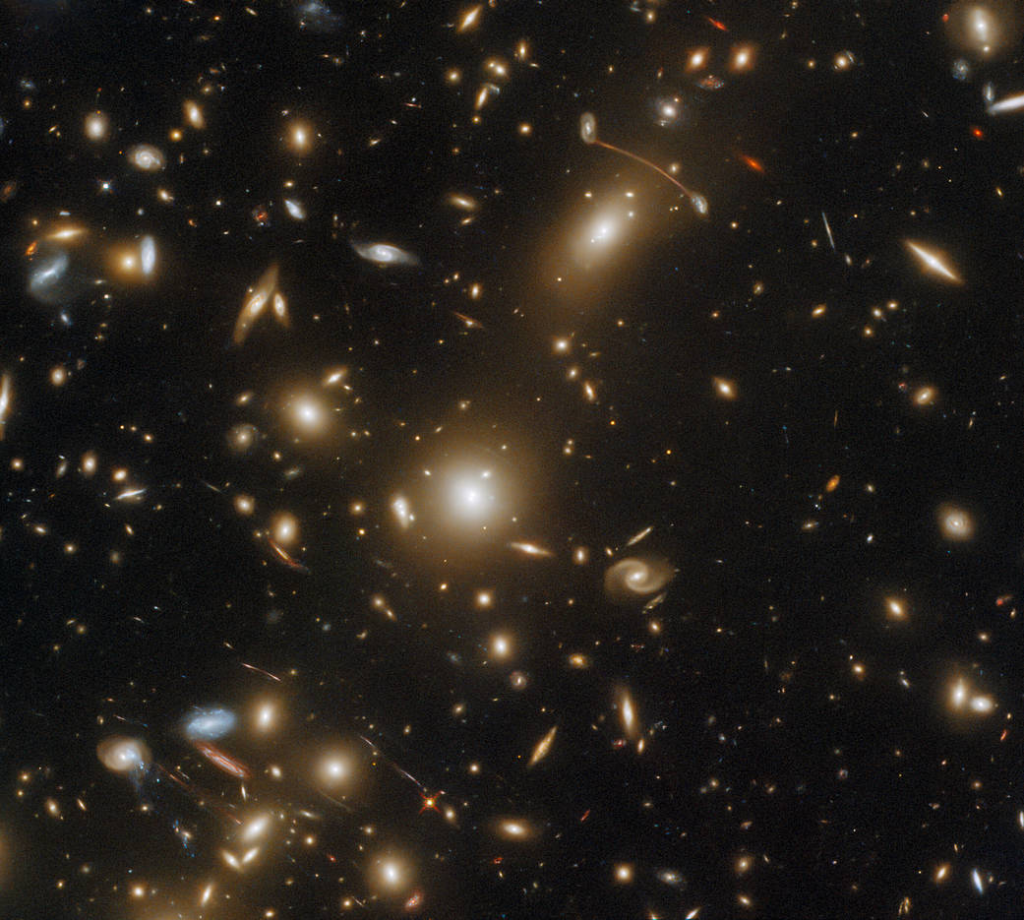Hubble Observes Elliptical Galaxy M105
Although the galaxy appears featureless and boring at first glance, the Hubble Space Telescope’s observational data of elliptical galaxy Messier 105 shows that the stars inside its galactic center are moving very swiftly. Astronomers suggest that these stars are orbiting around a supermassive black hole with a mass estimated to be 200 million suns. The […]
Hubble Observes Elliptical Galaxy M105 Read More »










